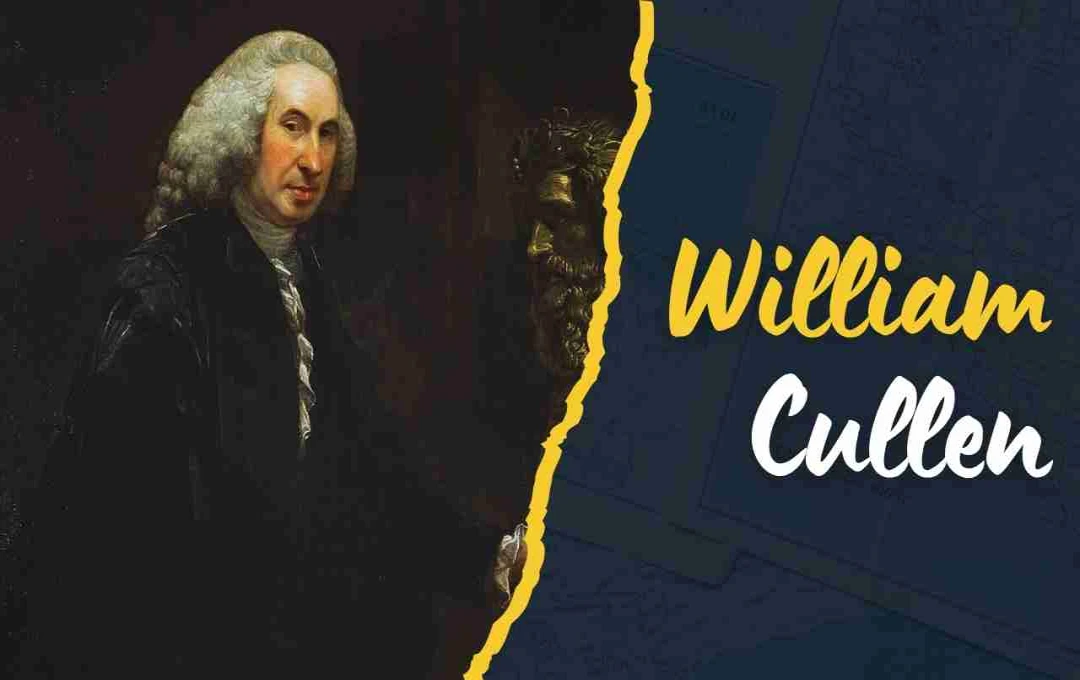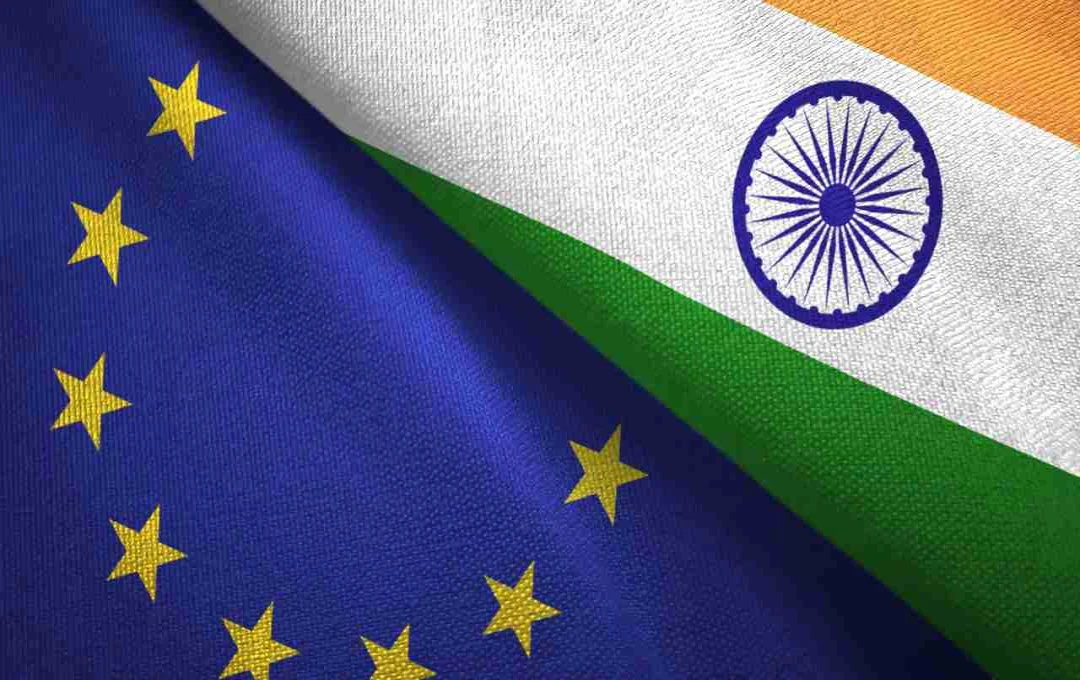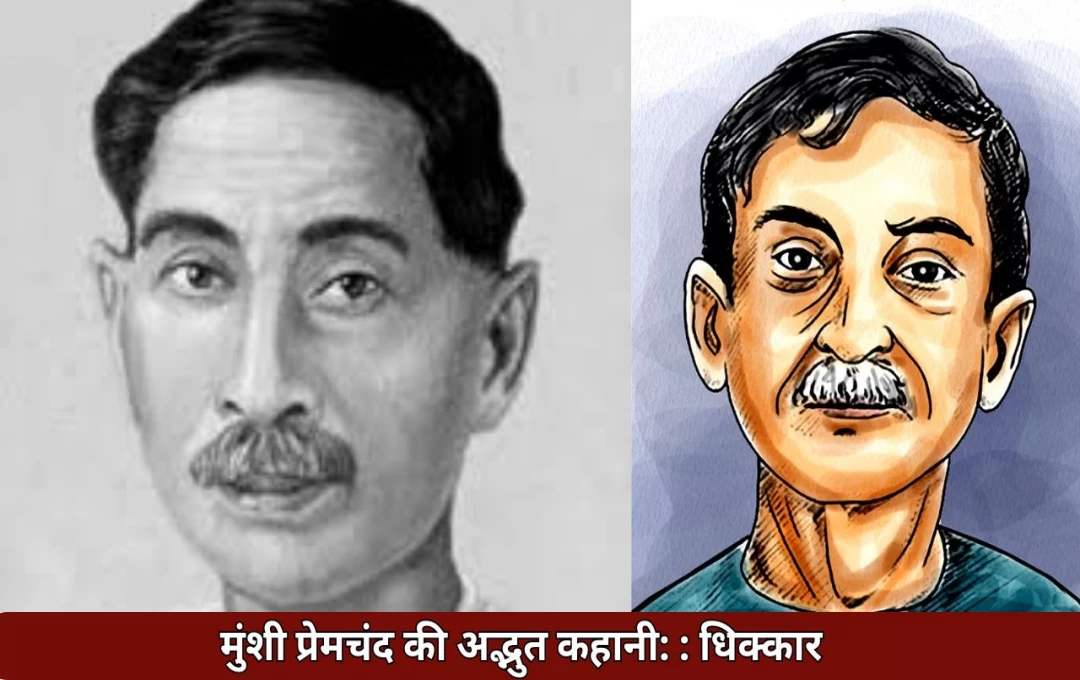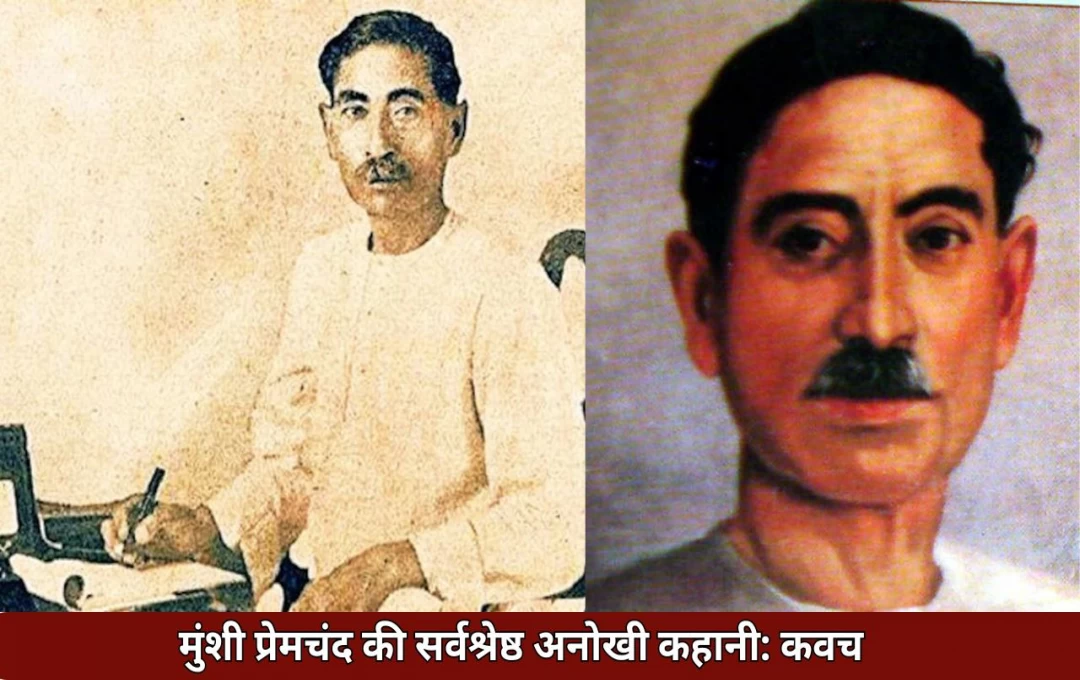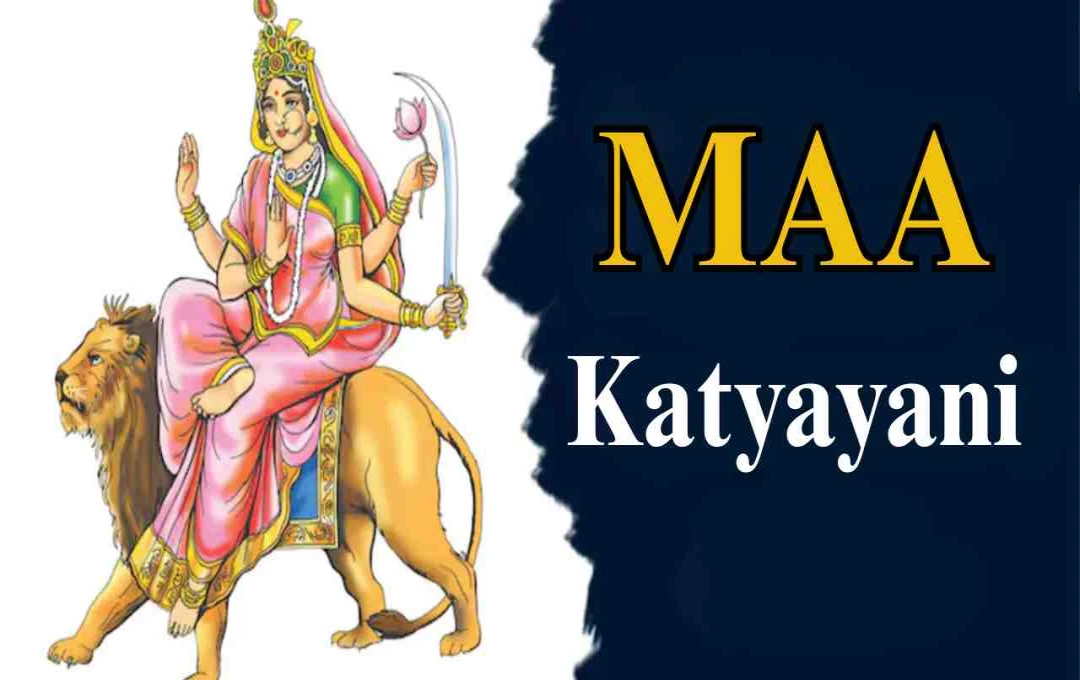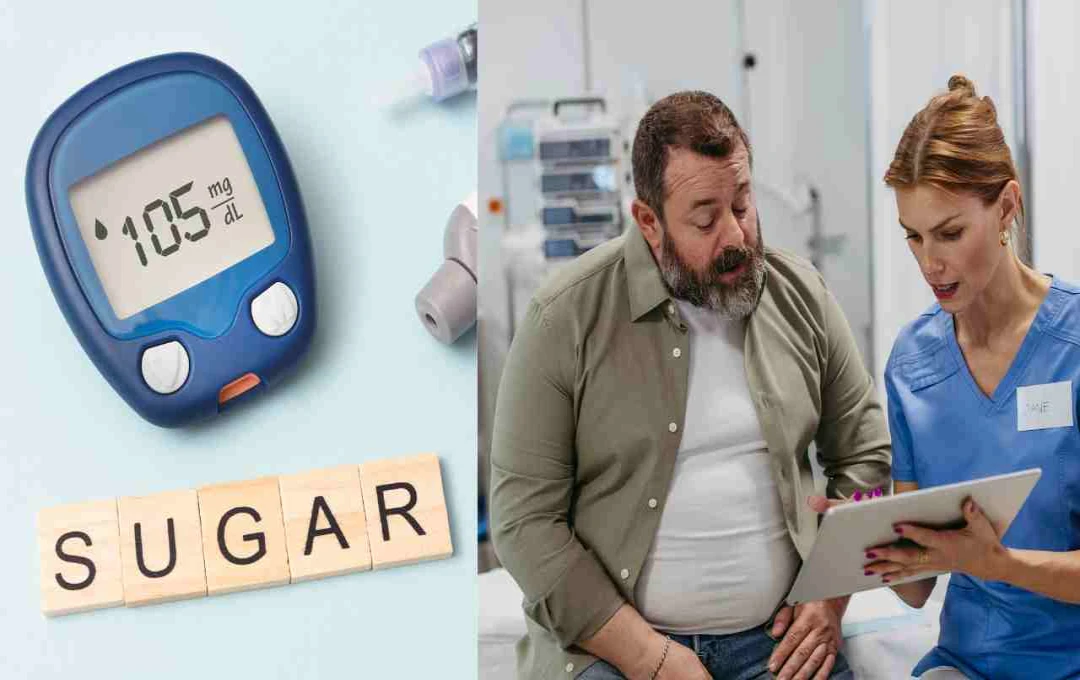The 18th century Scotland was a hub of intellectual, scientific, and cultural renaissance in Europe, known today as the 'Scottish Enlightenment'. This era saw the emergence of many great scientists, philosophers, and thinkers who left a deep mark on not only Britain but the entire world with their ideas and works. One such highly influential and multifaceted personality of this era was Dr. William Cullen. He was a skilled physician, scientist, teacher, and writer who made significant contributions to giving medicine and science a systematic form. Let's explore the life, works, and influences of William Cullen in detail.
Early Life and Education
William Cullen was born on April 15, 1710, in Hamilton, Scotland. His father, William Cullen, was a factor (manager) under the Duke of Hamilton, and his mother, Elizabeth Roberton, came from a distinguished family. Cullen received his education at the Old Grammar School in Hamilton and entered the University of Glasgow in 1726, where he studied general arts.
Taking an interest in medicine, Cullen trained under John Paisley, an apothecary surgeon in Glasgow. In 1729, he worked as a surgeon on a merchant ship and traveled to the West Indies. After that, he returned to London, where he worked as an assistant in a pharmacy for a few years. In 1732, he returned to Scotland and began practicing medicine in the parishes of Shotts and Hamilton.
Edinburgh University and Medical Teaching
From 1734 to 1736, Cullen studied medicine intensively at the University of Edinburgh and became one of the founding members of the Royal Medical Society. After this, he started his medical practice in Hamilton and soon established himself as a renowned physician.
In 1740, the University of Glasgow awarded him the degree of MD. After the death of the Duke of Hamilton in 1744, he moved to Glasgow, where he began lecturing on chemistry, botany, and materia medica.
Innovation in Medicine and Science
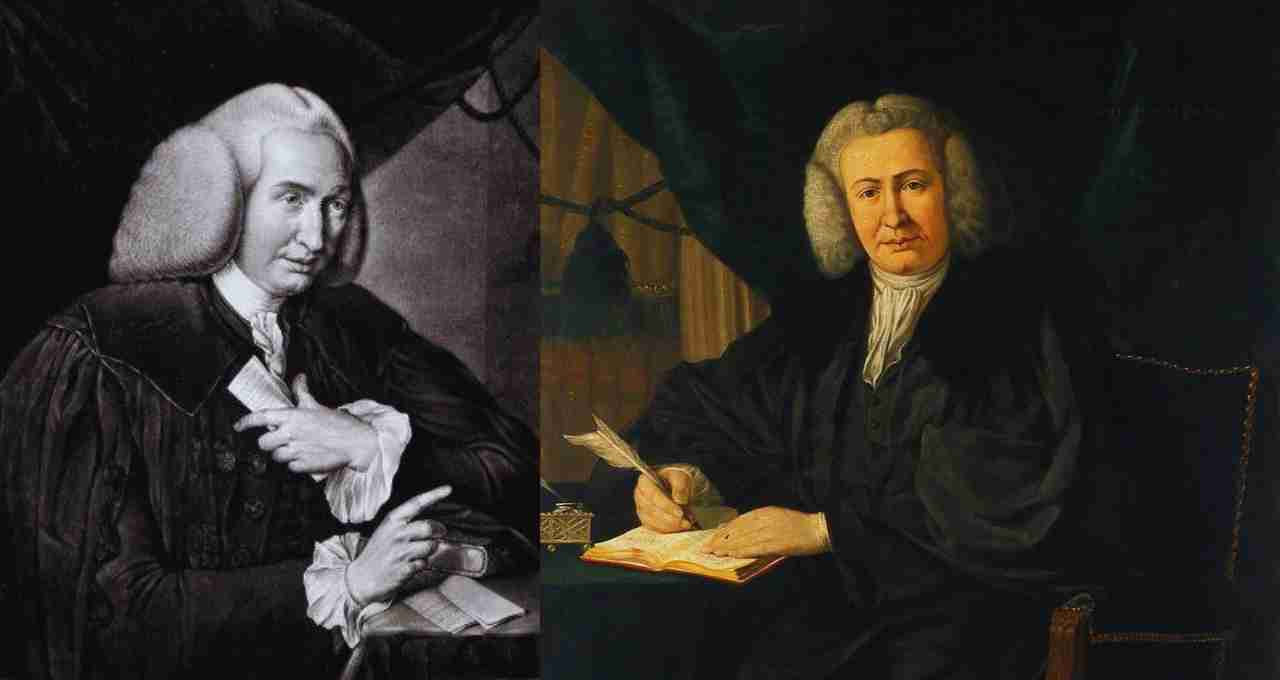
Cullen is known for his systematic teaching style and practical experiments for research in medicine. In 1747, he became Britain's first independent lecturer in chemistry. He tried to connect students with scientific methods in an academic environment and made medical education experimental.
As a remarkable achievement, he laid the scientific foundation of modern refrigeration in 1748. He demonstrated cooling by boiling diethyl ether in a partial vacuum, which produced ice. Although its commercial application did not happen immediately, it was still the first scientific step towards modern cooling systems.
Educational Work in Edinburgh
In 1755, at the urging of Lord Kames, Cullen was appointed Professor of Chemistry and Medicine at the University of Edinburgh. Here, he began lecturing on various medical subjects, particularly materia medica and the practice of physic. He became an extremely popular teacher, and a large number of students attended his classes.
In 1766, he was appointed Professor of 'Practice of Physic' and held this position until his death. The structure of his teaching was clear, organized, and practical, which made it easier for students to understand the subject.
Medical System and Nosology
Cullen's greatest contribution to medicine was his nosology (disease classification system). He divided diseases into different categories, which helped in organizing medical knowledge. He divided diseases into four major categories:
- Comata: Diseases involving loss of sleep and consciousness.
- Adynamia: Reduction in involuntary movement of the body.
- Spasmi: Irregular muscular activities.
- Vesania: Disorders in mental functions.
Cullen believed that most diseases are caused by an imbalance in the nervous system, and he considered the nervous system to be the "living machine" of the body. He believed that an imbalance in sensitivity and irritability is the root cause of disease.
Famous Students and Global Impact
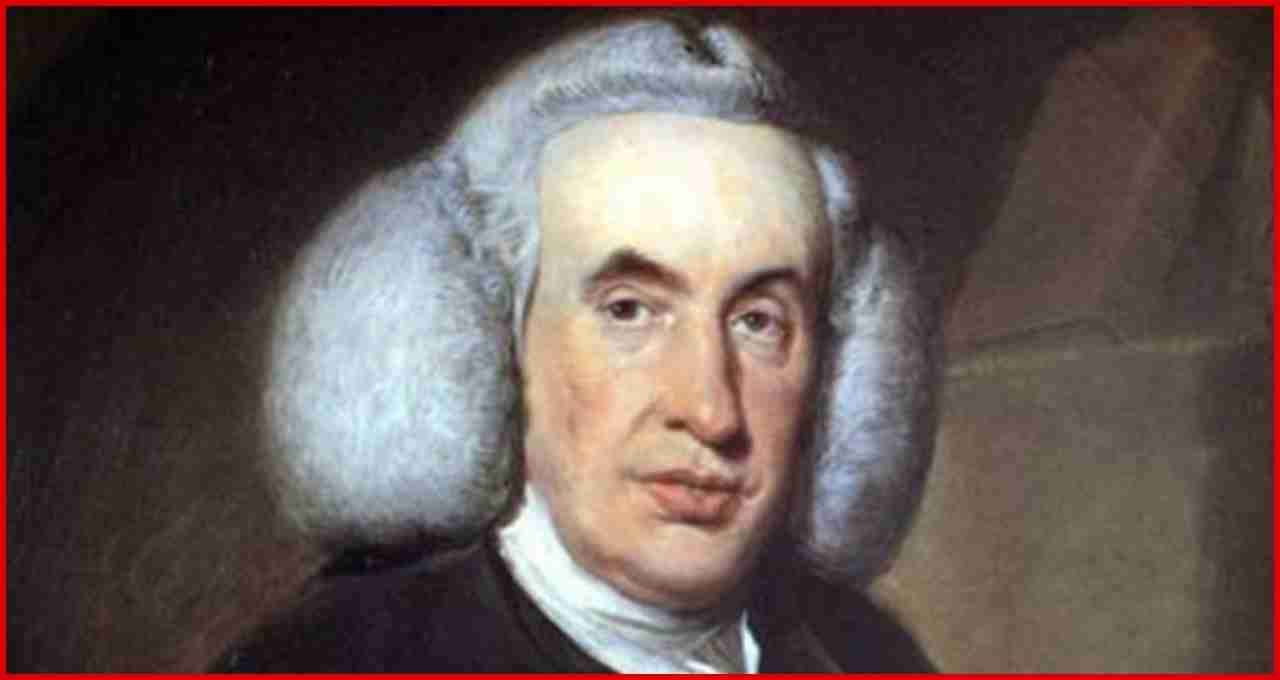
Many of Cullen's disciples later became world-renowned physicians, scientists, and teachers. These included Benjamin Rush (American founder), Joseph Black (chemist), John Morgan (founder of Philadelphia Medical School), Sir Gilbert Blane (Royal Navy reformer), and John Coakley Lettsom (founder of the London Medical Society).
Cullen's influence reached beyond Europe. His theories were adopted in Italy, Germany, and America. One of his disciples, John Brown, developed the Brunonian system in opposition to his system, which gave rise to new debates in the medical world.
Literary Contribution
Cullen wrote numerous books on medicine and chemistry, which were extremely popular in Europe and America. His major works were:
- 'First Lines of the Practice of Physic' (1777-1784): His systematic textbook on medical practice.
- 'Synopsis Nosologiae Methodicae' (1769): The original book of disease classification.
- 'Institutions of Medicine' (1772): A work based on medical principles.
- 'A Treatise on Materia Medica' (1789): A treatise based on medicines and their utility.
Medical Practice and Consultation Method
Cullen was proficient in medical expertise as well as social communication skills. He consulted his patients through letters. His secretarial team would read the letters received early in the morning and prepare answers, which Cullen would certify. This system was especially for literate patients of the upper and middle classes. This process made him popular throughout Britain. He also met patients directly in Edinburgh for the rest of the day.
Personal Life and Legacy
Cullen married Anne Johnstone in 1741 and had several children. His son Robert Cullen became a distinguished judge in Scotland and received the title of Lord Cullen. Another of his sons, Henry Cullen, also became a renowned physician. Cullen passed away on February 5, 1790, in Edinburgh. He was buried in the Kirkliston churchyard. He is remembered as a dedicated teacher, practical scientist, and a true servant of medicine.
